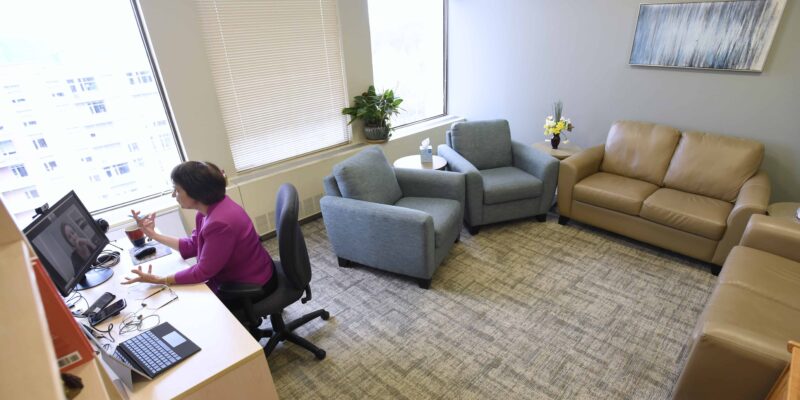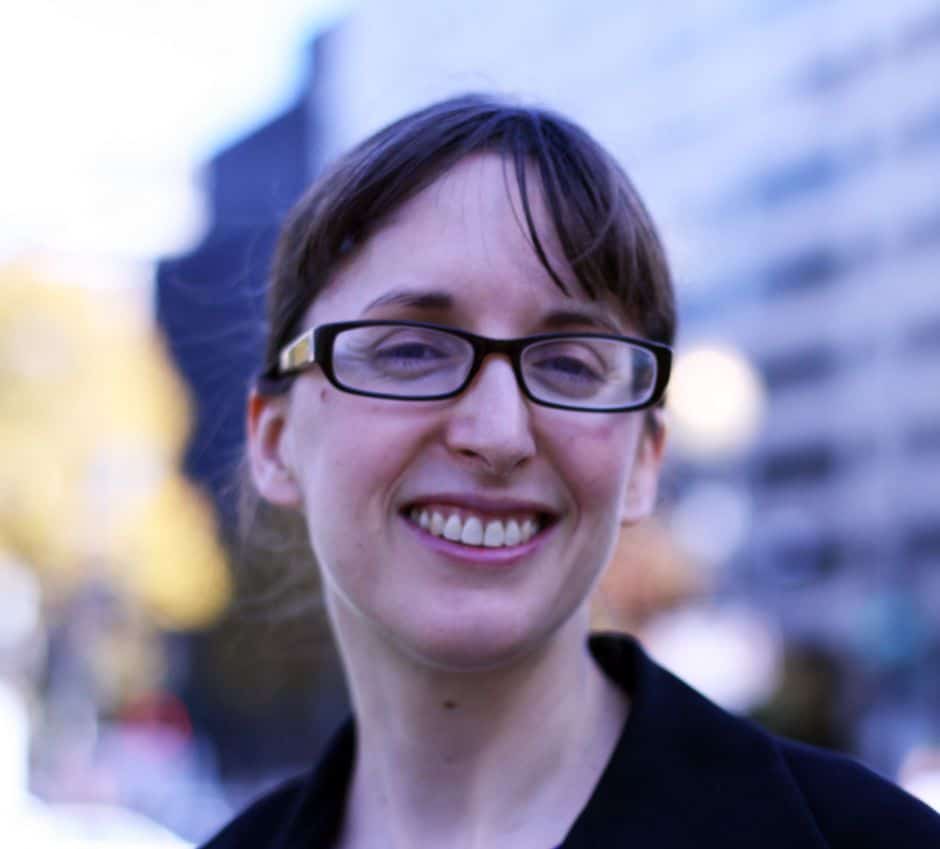Other angles to this story
Some of our news partners in a broader project about mental health and disasters published localized versions of this story.
Read California Health Report’s story about that state here .
Read Side Effects’ story about Indiana here .
Read InvestigateWest’s story about Washington state here .
Read The Island Packet and Beaufort Gazette’s story about South Carolina here .
Sarah Lowe, a psychologist and assistant
professor at Yale School of Public Health, calls the coronavirus a “slow-motion
disaster” with potentially widespread and persistent mental-health fallout.
Lowe, who studies the effects of disasters, said she worries that some people
will be disproportionately affected, particularly medical workers, the sick,
those with pre-existing mental illness and anyone facing economic challenges.
“We know from previous disasters that
long-term financial strain tends to be associated with depression and PTSD,”
she said.
Like the federal hotline, the National
Alliance on Mental Illness’ HelpLine
is seeing a surge in calls. Before COVID-19, the illness the novel coronavirus
causes, 150 calls would be a big day, said Dawn Brown, the HelpLine director.
Now it’s surpassing that number daily.
“It’s continuing to go up,” she said, adding
that nearly half the callers at some point mention the virus.
Callers to NAMI’s line, 800-950-6264, are
sharing feelings of anxiety and depression as well as asking for advice about
how to continue mental-health treatment and get medicine refilled during
stay-at-home orders.
“People with mental illness require a great
support system,” Brown said. “They don’t do well with uncertainty and
ambiguity, which this has certainly caused. Just when you think you’ve got a
handle on it, something else happens, whether it be a shelter-in-place order or
more news coverage talking about death and shortages.”
“We know from previous disasters that long-term financial strain tends to be associated with depression and PTSD.”
Sarah Lowe, a psychologist and assistant professor at Yale School of Public Health In New York City, which has the most confirmed
cases in the country, NAMI’s local affiliate is seeing jumps in calls to its
own helpline ,
212-684-3264. Call volume in the past few weeks has gone up roughly 60 percent,
said Matt Kudish, the group’s executive director.
And the number of people taking a free screening test for anxiety offered online by the advocacy organization Mental Health America is up more than 20 percent from mid-February through mid-March, compared with the early part of the year. That’s the COVID-19 effect, said Paul Gionfriddo, the group’s president and CEO.
He’s worried the country may be underreacting to the mental-health toll. “And it’s only going to get worse as we have to bring widespread grieving into the equation as more people die,” he said. “Because people will be grieving alone.”
Some federal and state health authorities are
rushing to maintain psychological support. The U.S. Department of Health and Human Services
has expanded access to teletherapy, including for Medicare , and some states are waiving
telemedicine restrictions for Medicaid . The U.S. Drug Enforcement Administration is now allowing doctors to prescribe medications
virtually without having to first meet a patient face-to-face.
New York Gov. Andrew Cuomo launched a COVID-19 Emotional Support Hotline,
844-863-9314, and said 6,000 mental-health professionals have volunteered to
help.
We can’t do this work without your support.
What officials say in this fraught period also
can help, or harm, mental health.
“Not every message from public health leaders
will be comforting,” said Brian Hepburn, who leads the National
Association of State Mental Health Program Directors . But consistent
messaging will build trust, he said, and as a result “you are going to see a
decrease in fear, in those spikes.”
The first uptick in calls to the Disaster
Distress Helpline happened on March 16, the same day President Donald Trump
announced recommendations such as closing schools and avoiding gathering in
groups of more than 10 people. Six days earlier, he assured Americans that the
administration’s response was “really working out ” and downplayed the threat
by saying deaths were minuscule compared with the flu .
Lowe said she was upset to see the president’s
March 20 press conference , in which he
criticized a reporter who asked, “What do you say to Americans who are scared?”
Trump rebuffed the question, calling the reporter “terrible.”
“I found that invalidating of people’s fears
and worry,” Lowe said. “People are afraid. Denying that will only make those
feelings intensify.”
Two hotlines that aren’t seeing increased calls: the National Suicide Prevention Lifeline and the National Domestic Violence Hotline . Administrators at both are keeping a close watch for changes.
“Because we expect that people are spending
more time at home, possibly not leaving the home for work each day, for
example, we know survivors are spending more time in closer proximity to their
abusers,” said Katie Ray-Jones, CEO of the domestic violence hotline.
Helplines and crisis hotlines are only an
initial support system for people in emotional distress. Gionfriddo, of Mental
Health America, is urging people — and elected officials — not to assume the
anxiety and other corrosive effects will disappear on their own when the
pandemic is over. The amounts of mental-health funding in Congress’ coronavirus
package, he said, “are rounding errors,” money that in his view will not be
enough to address the surge in needs.
“If we make them an afterthought — if we don’t
address them aggressively — they’ll still be there,” he said.
Dean
Russell is a reporting fellow for Columbia
Journalism Investigations ,
an investigative reporting unit at the Columbia Journalism School. Funding for
CJI is provided by the school’s Investigative Reporting Resource and the Energy
Foundation. Jamie Smith Hopkins is a reporter and editor at the Center for Public Integrity , a nonprofit investigative newsroom in
Washington, D.C.




Join the conversation
Show Comments